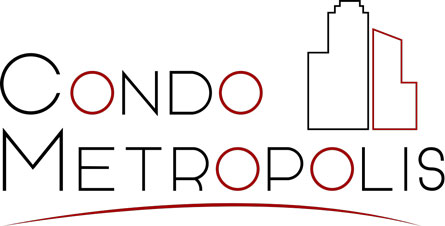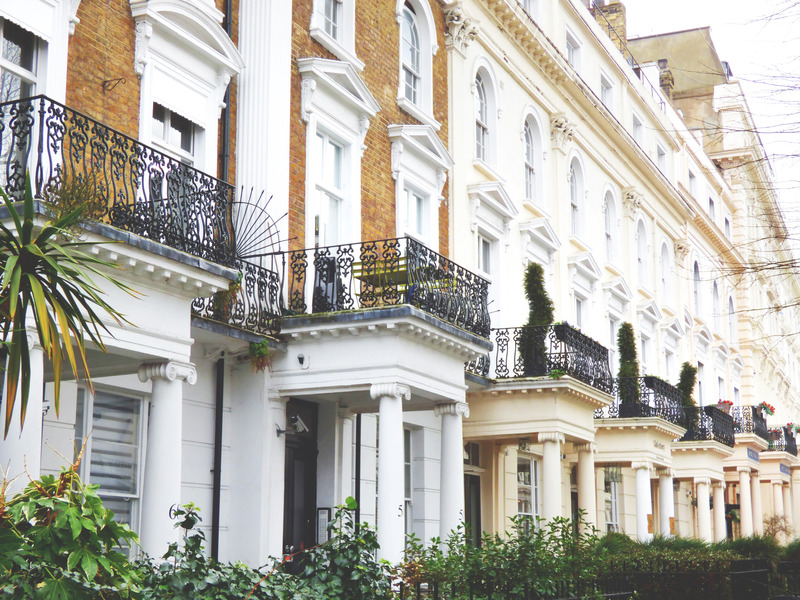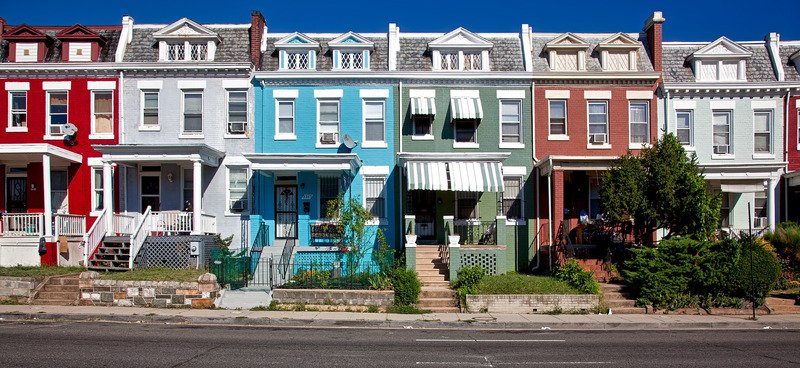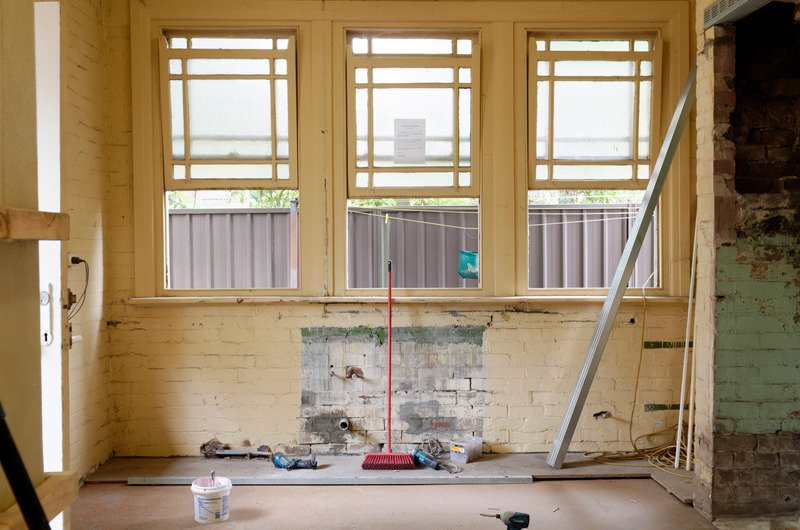-
Whether you’re converting your primary residence into a profit machine or turning over multiple properties, good taste may not align with your tenants or your own pocketbook. Here are a few things one should take into consideration before changing the aesthetic of a home:
Aesthetic Zoning
–Aesthetic zoning means a zoning in which, zoning regulations such as conformity to architectural and landscaping requirements are imposed to preserve the aesthetic features or values of an area.
Using this loosely – “how much individualism is good and how much conformity is good?”
One who doesn’t have a portfolio of investment properties nor the experience of turn over’s may not realize that they’re imposing personal taste onto the consumer. Studying trends in the community and comparables will show if value is in traditional, creative or modern design.
Orlando, Florida is known to have a wide range of community styles and builds, from Victorian and Colonial homes to Art Deco and High-Rise condos – each community rarely clashing with the other.
Unity and Harmony
A cohesive look is most important in interior design. Our brains are able to recognize details and patterns immediately, so when there’s no consistency throughout the space it becomes less appealing.
Examples of cohesive designs:
– Condo with white cabinetry and appliances flows with either
- A) Neutral walls and wood flooring
- B) White walls and carpeted flooring
– Single-Family home with cherry wood cabinetry and stainless steel appliances allows;
- A) Earth toned colors and wood/tiled flooring
- B) Vibrant walls and tiled or carpeted flooring
Seek inspiration from properties that are alike because removing warmth from a traditional house by painting the exterior grey with modern intentions may make the property look unfinished and adding carpet to a High-Rise condo can drastically age the unit.
Kitchen and Bathroom
Real estate professionals love to highlight kitchen and bathroom remodels when consulting with owners; for it can be a determining factor to tenants. Against common belief, kitchen remodels are not always necessary – if market rent for your property meets the 1-2% rule. Simple changes like counter resurfacing and replacing cabinetry hardware can make the biggest difference and help you reach that return on your investment. *Getting rid of the fluorescent lighting wouldn’t hurt either – just a thought!
Property Managers with successful farming (the act of focusing marketing efforts on a specific area) are great consultants when exploring necessary renovations. One who embarks on managing property independently may overspend on material and services VS a property management company with established accounts and partnered vendors.
Long Term Tenants and Maintenance
Although long term tenants can place you at an advantage, with consistent revenue and annual increases in rent it is necessary to keep maintenance a priority. Meaning quarterly inspections, pest control and other preventive measures to protect your investment.
Long term tenants find comfort in their home and see no harm in wear and tears that accumulate over the years.
Annual cosmetic repairs may not be necessary, yet owners should keep in mind the cost they’d incur when turning over a property after a 3-5 year tenancy. Property Management companies may mark up the security deposit during tenancy alongside a rent increase for safety measures.
Whether you’re converting your primary residence into a profit machine or turning over multiple properties, time is money. Seek an established Property Manager and start the conversation.
For more information on styling, maintenance and property management, contact us at:
Info@CondoMetropolis.com or visit Blog.CondoMetropolis.com.
Juan R. Figueroa – Realtor
Condo Metropolis LLC – Property Management and Realty
Email: Juan@CondoMetropolis.comOffice: 407-299-2997
Cell: 321-362-1126
(407) 901-5161
Orlando Property Enterprises | All rights reserved





